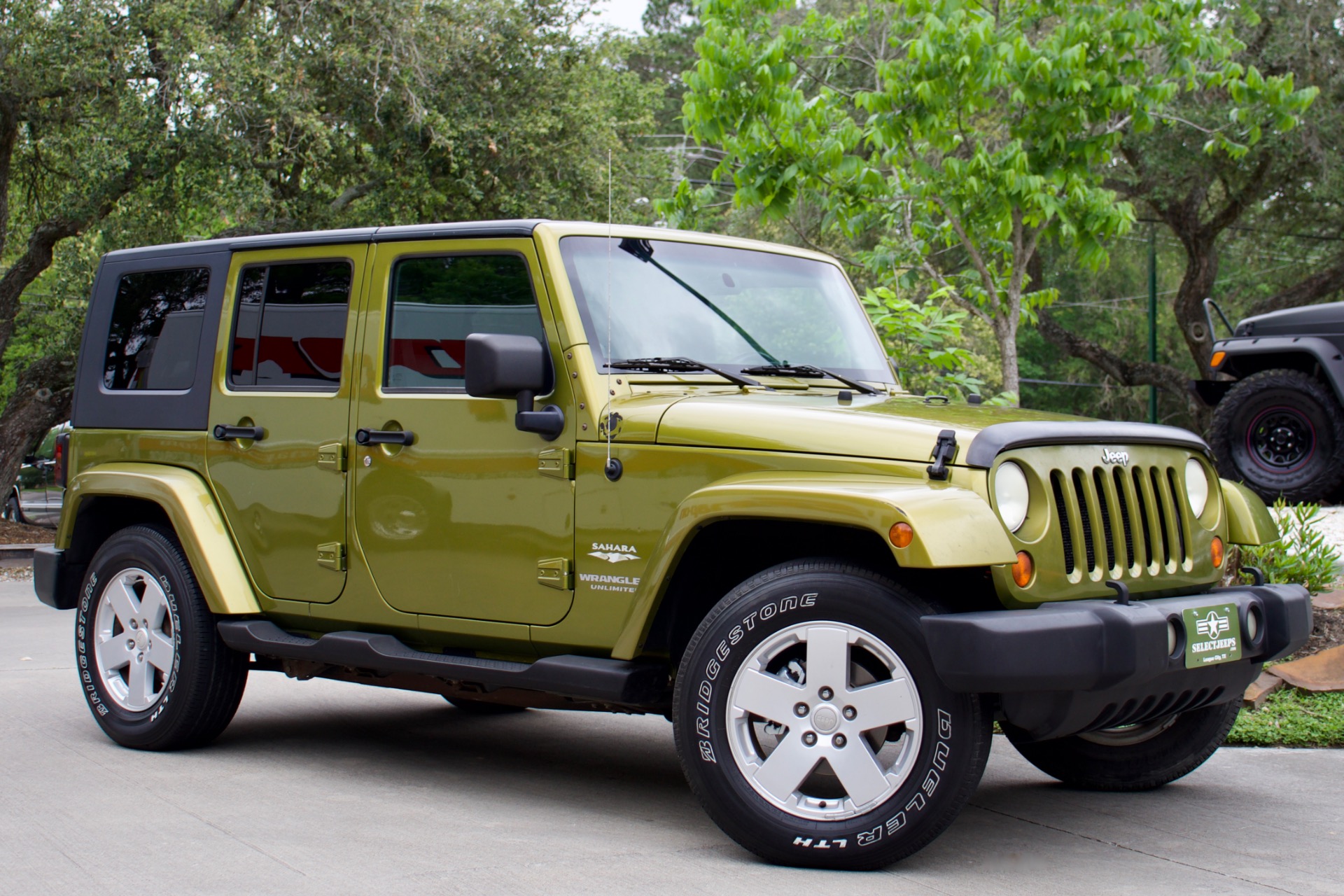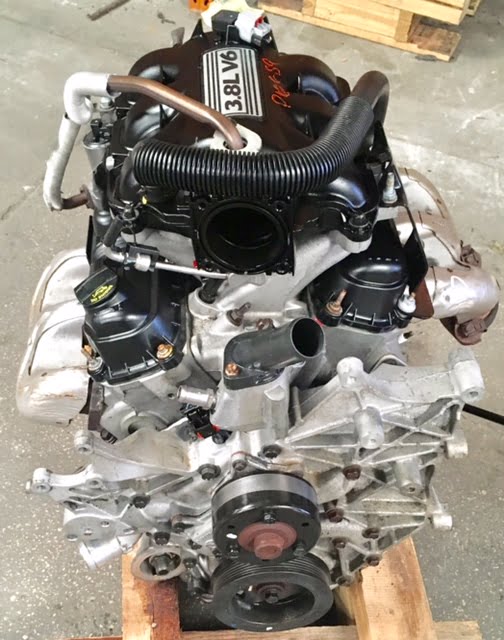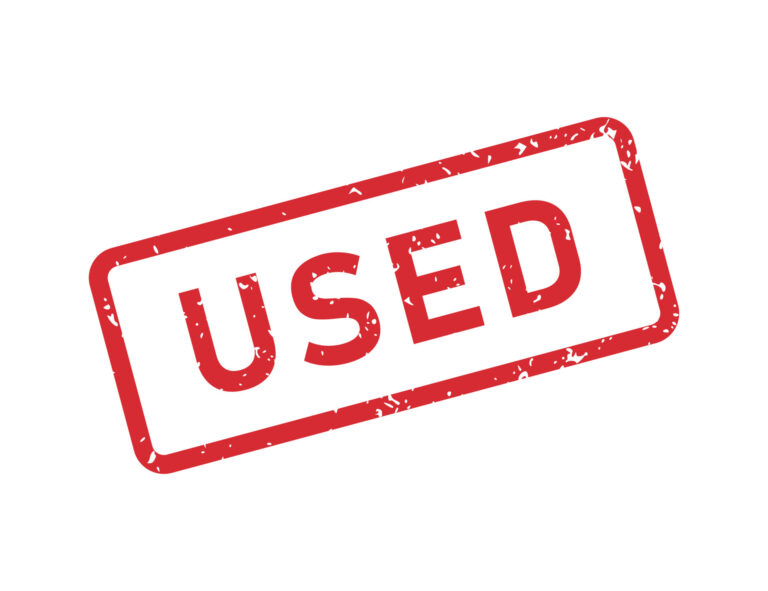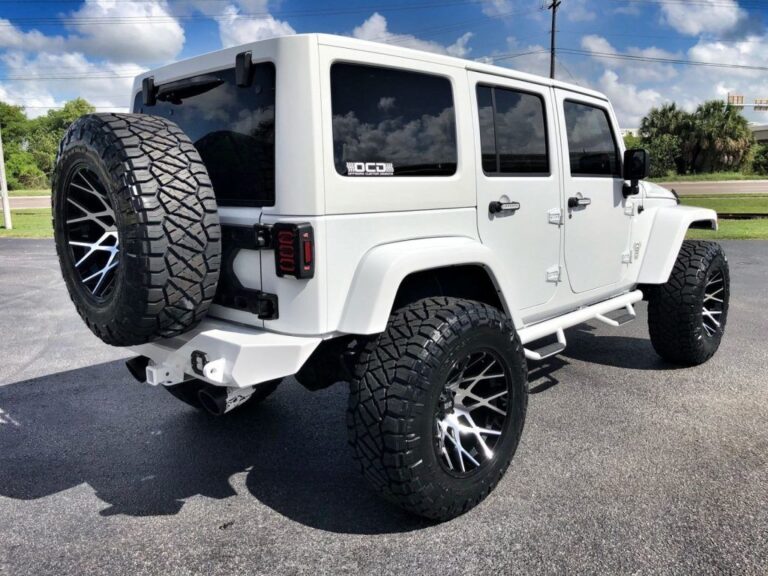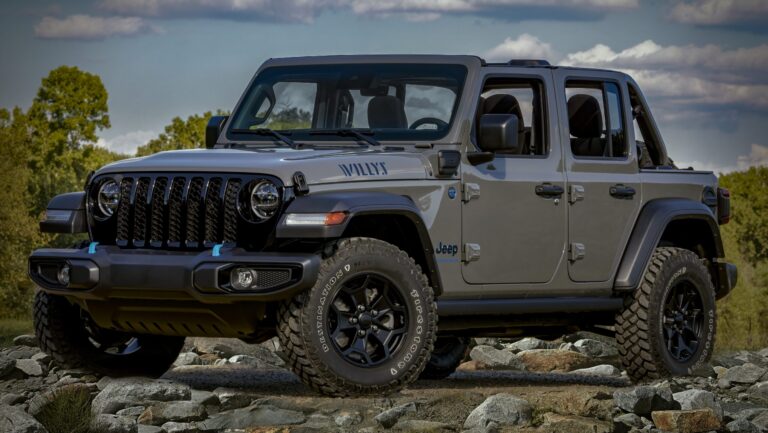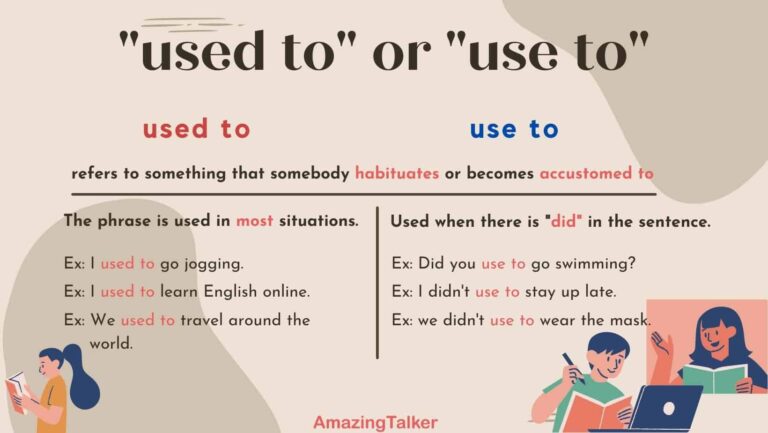2007 Jeep Wrangler Engine For Sale: A Comprehensive Guide to Revitalizing Your JK
2007 Jeep Wrangler Engine For Sale: A Comprehensive Guide to Revitalizing Your JK /jeeps.truckstrend.com
The 2007 Jeep Wrangler, the inaugural model year for the iconic JK generation, holds a special place in the hearts of off-road enthusiasts and daily drivers alike. Known for its rugged capability, removable tops, and legendary seven-slot grille, the 2007 JK provided a fresh take on a classic. However, as these vehicles approach two decades of service, their original 3.8L V6 engines often begin to show their age, exhibiting common issues like increased oil consumption, timing chain wear, or simply reaching the end of their reliable lifespan. For many owners, finding a "2007 Jeep Wrangler engine for sale" isn’t just about a repair; it’s about a strategic decision to extend the life of a beloved vehicle, restore its performance, and maintain its adventurous spirit without the significant investment of a new car. This comprehensive guide will navigate the complexities of sourcing and installing a replacement engine, ensuring your 2007 Wrangler continues to conquer trails and commute with confidence.
Why Consider a Replacement Engine for Your 2007 Jeep Wrangler?
2007 Jeep Wrangler Engine For Sale: A Comprehensive Guide to Revitalizing Your JK
Before diving into the market, it’s crucial to understand why a replacement engine might be the most sensible option for your 2007 JK. The 3.8L EGH V6 engine, while generally robust for its time, is notorious for a few common ailments that manifest with high mileage:
- Excessive Oil Consumption: This is perhaps the most widespread issue, often leading to low oil levels between changes and potential long-term engine damage if not constantly monitored.
- Timing Chain and Component Wear: Over time, the timing chain, tensioners, and guides can wear out, leading to noisy operation, reduced performance, and even catastrophic failure if left unaddressed.
- Head Gasket Failure: While less common than oil consumption, head gasket issues can lead to coolant leaks, overheating, and mixing of fluids, necessitating extensive repairs.
- General Wear and Tear: After years of daily driving, off-roading, and varying climates, internal components simply wear out, leading to reduced compression, power loss, and decreased fuel efficiency.
For many, the cost of extensive repairs to a failing original engine can approach or even exceed the cost of a full engine replacement. Opting for a new or remanufactured engine often provides a more reliable and cost-effective long-term solution than chasing down endless repairs on an aging powerplant, allowing you to keep your cherished Wrangler on the road for many more years.

Understanding the 2007 Jeep Wrangler Engine: The 3.8L EGH V6
The 2007 Jeep Wrangler (both 2-door JK and 4-door JKU) was exclusively powered by the Chrysler 3.8L EGH V6 engine. This engine, a pushrod design, produced 202 horsepower and 237 lb-ft of torque. While these figures might seem modest by today’s standards, the 3.8L was a workhorse designed for reliability and decent low-end torque, suitable for the Wrangler’s intended use.
Key characteristics of the 3.8L V6:
- Simplicity: Being a pushrod engine, it’s less complex than overhead cam designs, potentially simplifying some repairs.
- Commonality: It was used in various Chrysler Group vehicles (e.g., minivans), meaning parts availability is generally good.
- Performance: While adequate, many owners wished for more power, especially in the heavier 4-door JKU or when adding aftermarket accessories.
When searching for a "2007 Jeep Wrangler engine for sale," you’ll almost exclusively be looking for this specific 3.8L V6. Ensure any engine you consider is compatible with your 2007 model year, as minor revisions can occur between years, though the 3.8L remained the standard engine until 2011.
Types of 2007 Jeep Wrangler Engines For Sale
.jpg?t=166965030554)
The market for replacement engines offers several categories, each with its own advantages and disadvantages in terms of cost, reliability, and warranty.
-
Used Engines (Salvage/Junkyard):
- Pros: This is typically the most budget-friendly option. You might find engines with lower mileage than your current one.
- Cons: Comes with the highest risk. History is often unknown, and there’s no guarantee of internal condition or remaining lifespan. Warranties, if offered, are usually very limited (e.g., 30-90 days). You’re buying someone else’s problem, potentially.
- Tips: If considering a used engine, try to get as much information as possible: the VIN of the donor vehicle, its mileage, and if it was running before removal. A compression test or leak-down test performed by the seller can offer some peace of mind.
-
Remanufactured/Rebuilt Engines:
- Pros: These engines have been disassembled, inspected, cleaned, and had worn or faulty components replaced with new or reconditioned parts (e.g., new pistons, rings, bearings, camshaft, cylinder head work). They are essentially "like new" and often come with a substantial warranty (1-3 years, unlimited mileage is common). They can also address common design flaws found in the original engine.
- Cons: Significantly more expensive than used engines, but a worthwhile investment for reliability.
- What to Look For: Choose reputable remanufacturers with strong warranties. Inquire about the parts used (OEM quality or better) and their testing procedures. Ensure the warranty covers both parts and labor if installed by a certified shop.
-
New Crate Engines:
- Pros: The highest quality option, offering a brand-new engine directly from the manufacturer or an authorized supplier. Comes with a full factory warranty.
- Cons: Extremely expensive and often difficult to find specifically for older models like the 2007 3.8L V6. Most new engines available are for newer models or performance applications.
- Note: For a 2007 Wrangler, finding a truly "new" 3.8L crate engine is rare. Most often, what’s advertised as "new" might be a remanufactured unit. Always clarify.
Key Considerations When Buying a 2007 Jeep Wrangler Engine
Purchasing a replacement engine is a significant investment. Careful consideration of these factors will help ensure a successful outcome:
-
Compatibility: Ensure the engine is indeed for a 2007 Jeep Wrangler 3.8L V6. While the 3.8L was largely consistent, verify any specific variations or engine codes if provided.
-
Completeness (Long Block vs. Short Block vs. Complete):
- Short Block: Includes the cylinder block, crankshaft, connecting rods, and pistons. Requires transferring cylinder heads, camshaft, and all accessories.
- Long Block: Includes the short block plus cylinder heads, camshaft, and valvetrain. Most common and recommended as it replaces the most critical wear components. You’ll transfer intake/exhaust manifolds, accessories (alternator, power steering pump), etc.
- Complete Engine: Includes the long block plus all accessories, intake manifold, exhaust manifolds, wiring, etc. Often the most expensive but simplest for installation.
- Recommendation: A long block is often the best balance of cost and comprehensiveness for a replacement.
-
Warranty: This is paramount, especially for used or remanufactured engines. Understand the terms: duration, mileage limits, what it covers (parts only, or parts and labor?), and the claim process.
-
Core Charge: Most remanufactured and sometimes used engines will have a "core charge." This is a refundable deposit you pay upfront, which is returned when you send back your old engine (the "core"). Ensure your old engine meets their core return requirements (e.g., not cracked, complete).
-
Seller Reputation: Buy from reputable suppliers, whether it’s a local salvage yard with good reviews or a well-known online remanufacturer. Check their BBB ratings, online reviews, and customer service.
-
Shipping & Logistics: Engines are heavy. Factor in shipping costs and delivery time. Ensure the engine is properly crated and insured for transit.
-
Installation: Decide whether you’ll perform the installation yourself (if you have the expertise and tools) or hire a professional mechanic. Get quotes for installation labor, as this can be a significant part of the total cost.
The Buying Process: A Step-by-Step Guide
- Diagnose Thoroughly: Before buying, confirm your current engine is truly beyond repair or not worth fixing. A professional diagnosis is crucial.
- Set Your Budget: Determine how much you’re willing to spend, considering the engine cost, shipping, core charge, and installation.
- Research Suppliers:
- Online Remanufacturers: Companies like Jasper Engines, Fraser Engines, or specialized Jeep engine rebuilders.
- Local Salvage Yards/Auto Recyclers: Can be good for used engines, allowing for in-person inspection.
- eBay/Amazon: Exercise extreme caution and only buy from highly-rated sellers with clear return policies and warranties.
- Ask Detailed Questions:
- "What is the mileage on this used engine?"
- "What is included with the long block/complete engine?"
- "What is the warranty period and what does it cover?"
- "What is the core charge and what are the core return requirements?"
- "Can you provide photos/videos of the actual engine?" (for used)
- "Has this remanufactured engine undergone dyno testing?"
- Review Warranty and Return Policies: Read the fine print carefully before purchasing.
- Arrange Shipping/Pickup: Confirm delivery logistics and ensure someone is available to receive the heavy freight.
- Plan for Installation: Schedule with your mechanic or prepare your workspace for DIY.
Tips for a Successful Engine Replacement
- Replace Peripherals: While the engine is out, it’s the ideal time to replace many "wear and tear" components that are hard to access otherwise. This includes the water pump, thermostat, serpentine belt, spark plugs, ignition coils, all hoses, engine mounts, and potentially the clutch (manual transmission) or torque converter seal (automatic).
- New Fluids: Always use fresh oil, coolant, and transmission fluid after installation.
- Proper Break-In: Follow the remanufacturer’s or mechanic’s recommendations for engine break-in. This usually involves avoiding heavy loads and high RPMs for the first few hundred miles.
- Regular Maintenance: Once installed, stick to a strict maintenance schedule, especially oil changes, to maximize the life of your new engine.
- Keep Records: Document all costs, receipts, and warranty information for future reference.
Potential Challenges and Solutions
- Receiving a Faulty Engine: Even with precautions, issues can arise. Solution: Rely on your warranty. Immediately contact the seller/remanufacturer and follow their claims process.
- Hidden Costs: Shipping, core charges, and unexpected additional parts can add up. Solution: Get detailed quotes upfront for all components and services. Factor in a contingency fund for unforeseen expenses.
- Installation Complexities: Engine swaps are not simple. Solution: If you’re not an experienced mechanic, professional installation is highly recommended to avoid costly mistakes.
- Finding the Right Engine: Sometimes the exact engine you need might not be readily available. Solution: Be patient, broaden your search to national suppliers, and consider slightly higher mileage used options if budget is a strict constraint.
2007 Jeep Wrangler Engine For Sale: Estimated Price Table
Please note that these prices are estimates and can vary significantly based on seller, warranty, mileage (for used), condition, and current market demand. Shipping costs and core charges are typically additional.
| Engine Type | Estimated Price Range (USD) | Key Features / Notes |
|---|---|---|
| Used Engine | $800 – $2,000 | Lowest cost option. Mileage typically 80,000 – 150,000+ miles. |
| (Salvage/Junkyard) | Limited or no warranty (e.g., 30-90 days parts only). Condition highly variable; high risk. | |
| * May or may not include accessories. | ||
| Remanufactured | $2,500 – $4,500 | Best balance of reliability and cost. All wear parts replaced/machined to spec. |
| (Long Block) | Typically comes with a substantial warranty (1-3 years, unlimited mileage common). Often requires a core return with a core charge (e.g., $300-$700). | |
| * Does not include external accessories (alternator, starter, intake, etc.). | ||
| New Crate Engine | $5,000+ | Very rare to find a truly "new" 3.8L for this model year. Highest quality and reliability. |
| (OEM/Authorized) | Full factory warranty. May come as a complete engine with some accessories, but confirm. | |
| Installation Labor | $1,000 – $2,500+ | Professional mechanic fees. Varies widely by region and shop. Does not include cost of new fluids, gaskets, or any peripheral parts (water pump, spark plugs, etc.) that should be replaced during the swap (add $200-$500+). |
Note: These prices do not include shipping costs, which can range from $200-$500+ depending on distance and carrier.
Frequently Asked Questions (FAQ)
Q: What is the typical lifespan of a 2007 Jeep Wrangler 3.8L engine?
A: With proper maintenance, many 3.8L engines can last 150,000 to 200,000 miles or more. However, oil consumption issues often start manifesting earlier, and significant repairs might be needed around 100,000-150,000 miles.
Q: Can I put a different engine in my 2007 Wrangler (e.g., a Hemi or LS swap)?
A: Yes, engine swaps are popular for JKs, with Hemi V8s and GM LS engines being common choices for significantly increased power. However, this is a much more complex and expensive undertaking than a direct 3.8L replacement, requiring extensive modifications, custom mounts, wiring harnesses, and often new transmissions/transfer cases. This article focuses on direct 3.8L replacement.
Q: What is a "core charge" and why do I have to pay it?
A: A core charge is a refundable deposit paid when buying a remanufactured engine. It incentivizes you to return your old, "core" engine to the seller. This allows them to rebuild it and continue the cycle of remanufacturing, which is environmentally friendly and keeps costs down. You get the deposit back once your old engine is received and deemed suitable for rebuilding.
Q: How much does engine installation typically cost?
A: Professional labor for a 3.8L engine swap in a JK can range from $1,000 to $2,500 or more, depending on the shop’s labor rate, the complexity of the specific installation, and whether additional components (like motor mounts, hoses, etc.) need replacement.
Q: What’s the difference between a long block and a short block?
A: A short block includes the engine block, crankshaft, pistons, and connecting rods. A long block includes everything in a short block, plus the cylinder heads, camshaft, and valvetrain. A long block is generally preferred for a full replacement as it addresses more potential wear points.
Q: How long does an engine replacement take?
A: For a professional shop, a 3.8L engine replacement can typically take 2-4 days of labor, depending on their schedule and any unforeseen issues. DIY can take significantly longer.
Q: Is it worth replacing the engine in a 2007 Wrangler, or should I just buy a newer vehicle?
A: This depends on the vehicle’s overall condition and your personal attachment. If the frame is solid, the body is in good shape, and you love your JK, an engine replacement is often more cost-effective than buying a new vehicle, especially considering the depreciation of new cars. It can significantly extend the life and value of your current Wrangler.
Conclusion
For owners of a 2007 Jeep Wrangler facing engine troubles, the prospect of finding a "2007 Jeep Wrangler engine for sale" offers a viable and often more economical path than purchasing a new vehicle. By carefully researching your options—whether it’s a budget-friendly used engine or a more reliable remanufactured unit—understanding the associated costs and considerations, and either performing a meticulous DIY installation or entrusting it to a reputable mechanic, you can breathe new life into your beloved JK. With a fresh engine under the hood, your 2007 Wrangler will be ready once again to tackle any adventure, continuing its legacy of freedom and exploration for years to come.
